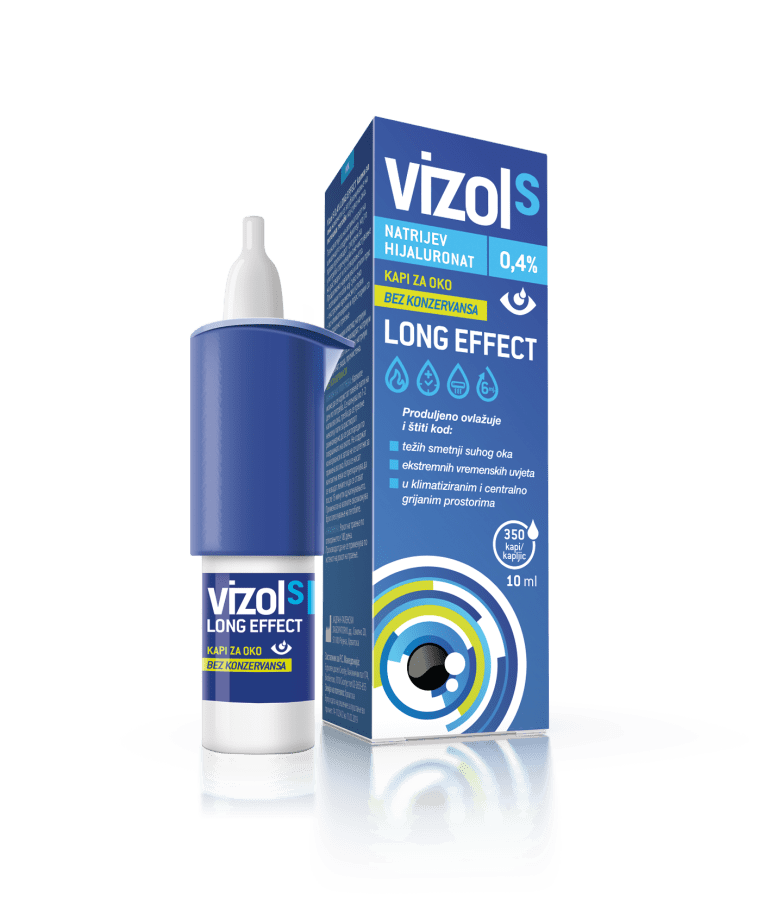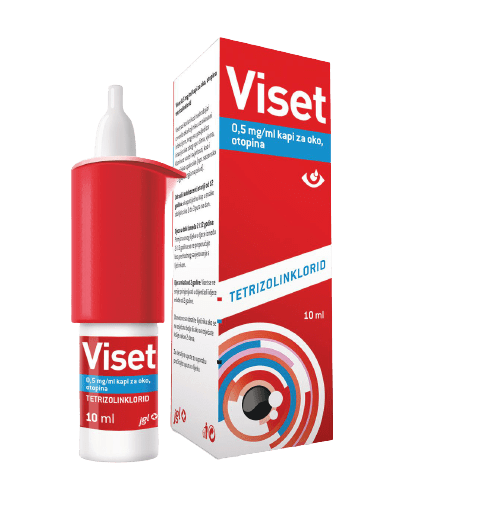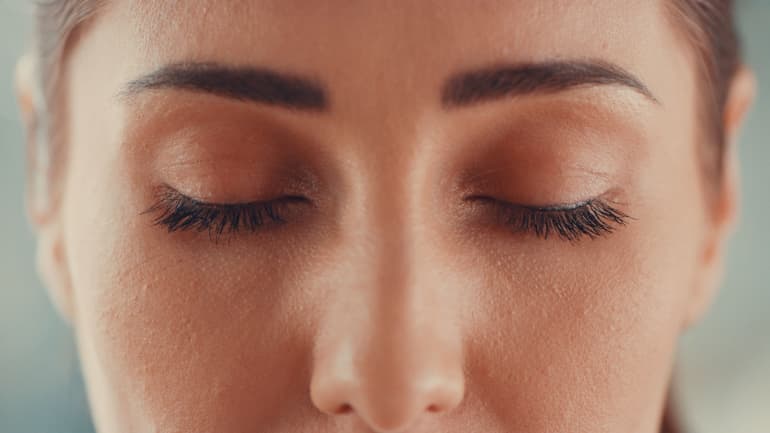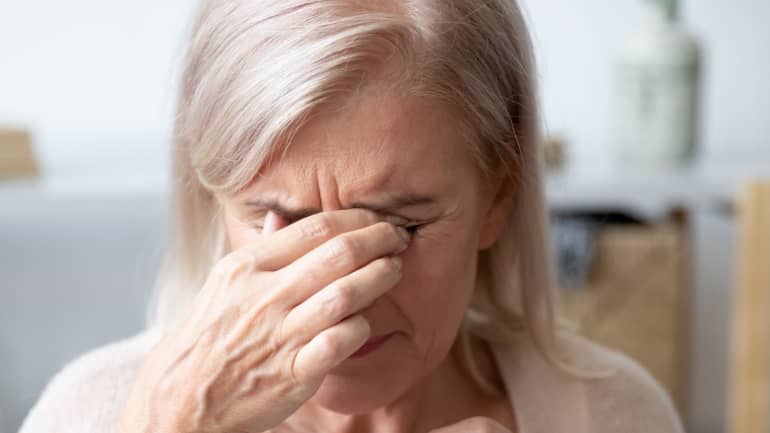In order to better understand the inflammation of the eye, it is necessary to explain the basics of anatomy and histology of the eye. The structures located in front of the eyeball are eyebrows, eyelids and conjunctiva. These structures protect the eye and maintain the necessary moisture of the eye. Conjunctiva is a thin, transparent membrane that starts from the limbus, goes over the front part of the sclera, forms the folds in the upper and lower fornix and extends from the back to the edges of the eyelids. Conjunctiva is made of two layers: the multilayer squamous epithelium and submucosa. When the eyelids are closed, it forms a closed sac and provides the required moisture.
Conjunctivitis is an inflammation of the conjunctiva.
According to the literature data, annually 1 to 4 percent of patients in primary health care visit a doctor for conjunctivitis.
If the inflammation spreads to the cornea, then we are talking about keratoconjunctivitis, and if it spreads to the eyelid, the inflammation is called blepharoconjunctivitis. Conjunctivitis can be infectious and non-infectious. In 50 to 75 percent of cases, the inflammation is caused by bacteria.
However, if the cause of the inflammation are not bacteria, viruses or parasites, it is an non-infectious conjunctivitis. Conjunctivitis is further divided into acute and chronic. Although conjunctivitis is generally a minor health problem, it can have a significant impact on the individual’s work ability, quality of life and quality of visual function.
Symptoms of inflammation may be irritation followed by the watering of the eye, itching, burning or pain.
In more pronounced inflammatory conditions, sensitivity to light is also developed. Sometimes only one of the symptoms appears, but very often different combinations occur, depending on the cause of the inflammation.
Although the treatment is usually a local antimicrobial treatment, there are situations when it is necessary to introduce a systemic therapy, corticosteroid preparations to reduce inflammatory response, and artificial tears and eye wash drops. During treatment, regular check-ups are necessary until full recovery, which is best confirmed by a control swab of the conjunctiva or cornea.







